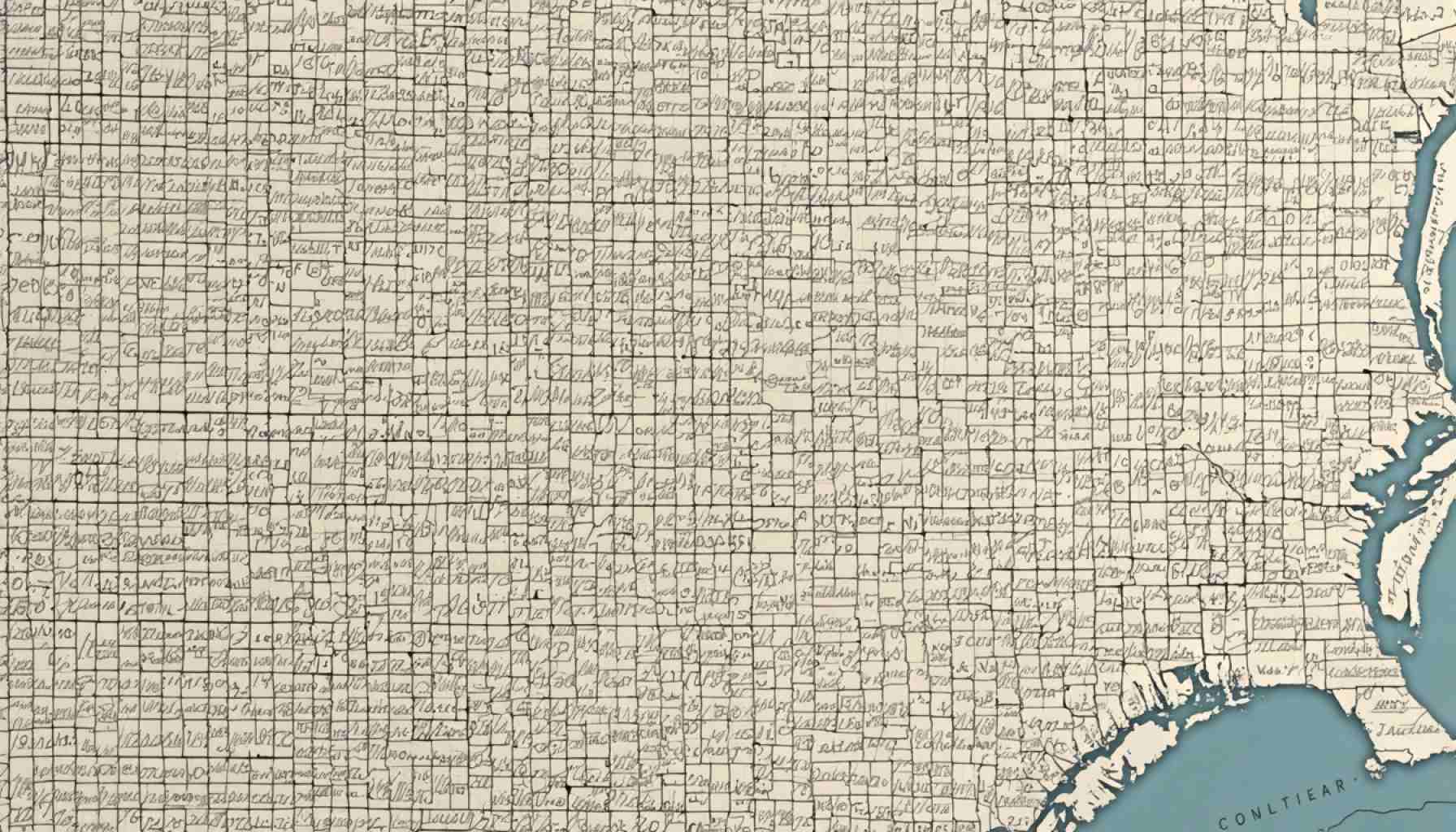- Zip codes serve as numeric corridors that bridge diverse communities, revealing stories of economic trends and social evolution.
- In urban centers, a single zip code can encompass a rich ecosystem of culture and commerce, juxtaposing modern innovation with historical charm.
- Suburban zip codes often capture vibrant family life, characterized by daily routines and community activities.
- Globally, postal codes unveil layers of culture and identity, mapping historical changes across cities from Mexico City to Paris.
- These digit sequences paint our micro-histories and play an unassuming yet crucial role in our daily lives.
Zip codes—familiar yet often overlooked—serve as numeric corridors bridging diverse communities. Beyond the mundane delivery address, these sequences narrate tales of economic tides and social evolution. Imagine zooming in on the tapestry of your neighborhood through the lens of a simple five-digit code.
In bustling urban centers, a single zip code can encompass an ecosystem of culture and commerce. Tucked within one might find a bustling farmers’ market bustling beneath an old clocktower, artisanal bakeries sending sweet scents onto cobblestone streets, and a tech startup incubating tomorrow’s innovations in a glass-walled office overlooking it all. In a neighboring code’s embrace lies a realm starkly different, where history claims each brick-lined street and whispers of traditional craftsmanship echo through time-aged workshops.
Suburban zip codes often capture the heartbeat of family life, steeped in the scuffle of morning school runs and weekend little-league games. Here, manicured lawns unfold like emerald carpets, and community centers bustle as the sun dips, casting a golden glow.
Yet, it’s not merely an American tale. Across oceans and continents, from the vibrant barrios of Mexico City to the lyrical avenues of Paris, postal codes reveal layers of culture and identity. Each number penned in the corner wields a power akin to a time machine, mapping generations’ worth of change.
The story of a zip code is as dynamic and varied as the landscapes it encompasses. It paints our micro-histories in bold strokes, charting the unassuming role these digits play in weaving our daily lives together. Next time you pen your address, pause and consider: within those digits lies a world of stories untold, but felt in every street corner and skyline.
Unlocking the Secrets of Zip Codes: What You Didn’t Know
How-To Steps & Life Hacks: Understanding Your Zip Code
Understanding your zip code can provide insights into your neighborhood’s demographics, services, and even economic potential. Here’s a step-by-step guide:
1. Research Demographics: Use tools like the U.S. Census Bureau’s website, which allows you to input your zip code and access data on population, age distribution, and income levels.
2. Identify Local Services: Search online for local services and amenities within your zip code, such as schools, parks, public transport options, and hospitals.
3. Explore Cultural and Historical Context: Visit local libraries or historical societies to uncover the history of your zip code area. Often, a conversation with long-term residents can offer unique insights.
4. Check Economic Trends: Real estate websites often provide data on property values and rental prices, offering a glimpse into economic trends within your zip code.
5. Engage with Community Events: Many neighborhoods have social media groups or community bulletin boards where local events are advertised. Engaging with these can provide a sense of the community spirit and activity levels.
Real-World Use Cases of Zip Codes
– Marketing Strategies: Businesses tailor their marketing strategies utilizing zip code analytics to target specific demographics more effectively.
– Emergency Services: Zip codes help streamline the allocation of emergency services, ensuring resources are distributed according to need.
– Real Estate Valuation: Realtors and buyers use zip codes to assess property values based on location desirability.
Market Forecasts & Industry Trends
As urbanization increases, particularly in developing nations, the use of zip codes and similar systems is expected to become more integral to urban planning and business operations. As e-commerce grows, precision in logistics through postal codes will only become more vital.
Reviews & Comparisons
Zip codes contrast worldwide: the U.S. five-digit system differs from Europe’s alphanumeric codes or India’s six-digit PIN[Postal Index Number] codes, each reflecting unique logistical needs.
Controversies & Limitations
– Social Inequality: Zip codes can often reflect systemic inequalities, with disparities in income levels and access to quality education and healthcare.
– Accuracy of Data: Zip codes cover broad areas, and demographic data may not reflect micro-level diversities within neighborhoods.
Features, Specs & Pricing
The U.S. Postal Service developed the modern zip code in 1963, evolving from postal zones adopted in large cities in 1943. There’s no direct “pricing” for zip codes, but certain zip codes indeed carry more prestige, affecting real estate values immensely.
Security & Sustainability
In the digital age, zip codes are critical in data security and personalization, enabling online businesses to sift through massive amounts of demographic data and secure customer identities.
Insights & Predictions
Given the rise in data-driven decision-making, zip codes will likely play an increasing role in sectors like smart city planning and IoT development, where geographic data meshed with technology can improve urban living conditions.
Tutorials & Compatibility
Many online platforms offer tutorials on how to effectively use geographic data, including zip codes, to harness marketing and development strategies, such as the use of GIS (Geographic Information Systems).
Pros & Cons Overview
Pros:
– Improves delivery accuracy and speed.
– Offers insights into demographics and economic conditions.
– Influences business strategies and local planning.
Cons:
– May mask micro-level details due to broad area coverage.
– Risk of perpetuating social and economic disparities.
Actionable Recommendations
– Discover Local Insights: Use zip codes to research potential neighborhoods when considering relocation.
– Smart Shopping: Adopt zip-code-based tools for smarter online marketing and shopping.
– Boost Community Engagement: Leverage social media tools using local zip codes to connect with neighbors and discover community events.
For more information on how zip codes can impact your daily life, visit the U.S. Postal Service’s official website.
